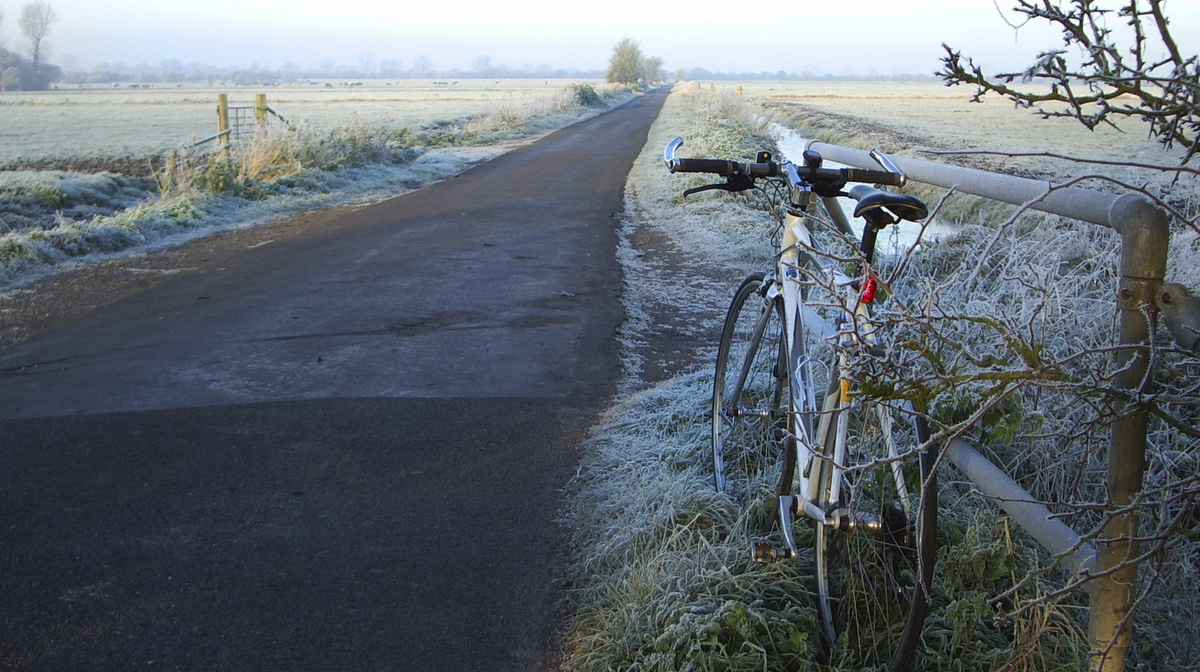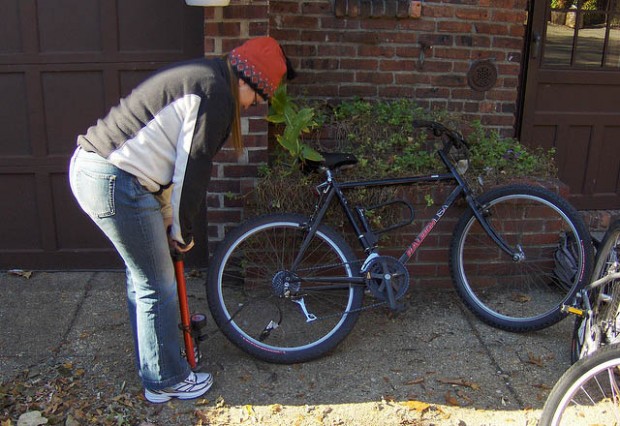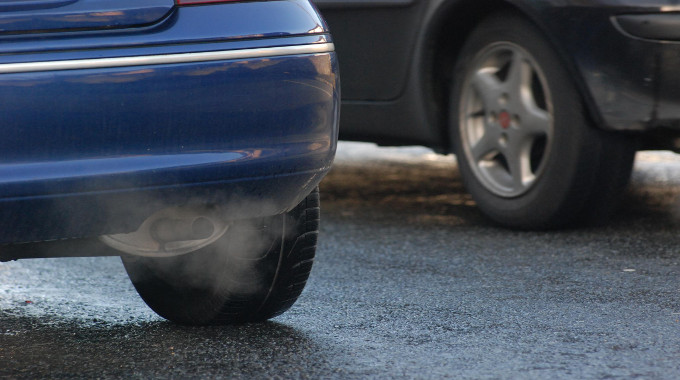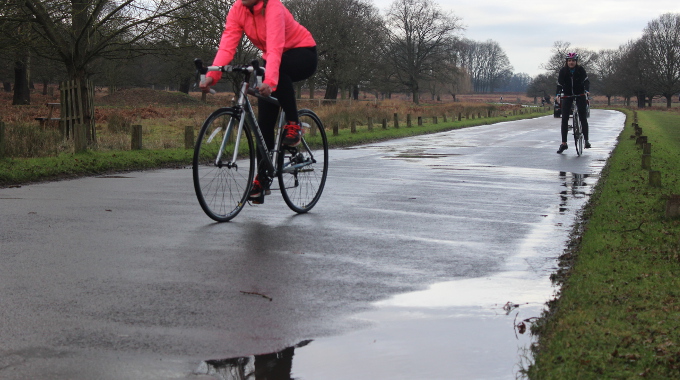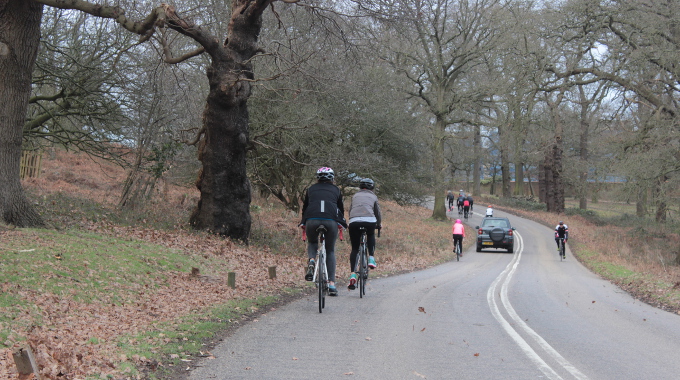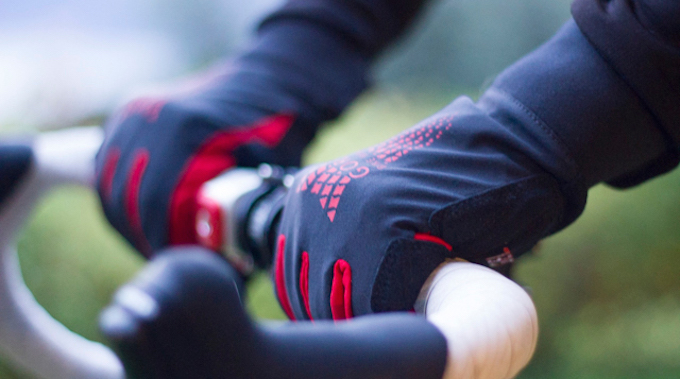For road cyclists and commuters, ice can be something of a devil. We can bundle ourselves up to combat the cold, don waterproofs when it’s really bucketing it down – but when it comes to ice you may not even see it on the road until it’s too late.
The ideal answer to the question of “how do I ride safely over ice on the road?” is “don’t” – but that’s not particularly helpful for a regular rider with a ten mile commute and no alternative mode of transport, or a roadie desperate to cram in some winter miles.
What we can do is provide you with some tips to help you avoid the situation, and pointers for coping if you should find yourself slipping…
Use the forecast

Yes, weather forecasts can be wrong – but they’re a good place to start. My own cycling club have a rule – if it’s 0 degrees or less before 9am (when rides begin), they’re cancelled. Someone will always risk it, and go out on their own non-official ride – and sadly I’ve seen a fair few of these rides end badly, so I tend to trust the advice. Therefore, if the weather reading says it’s going to be (or is) sub zero, try to find an alternative if you can.
We realise that’s not always an option for commuters – there’s more for you later. If you’re really just after a fitness fix, remember you get get that (and then some!) via a good turbo session – or you could just postpone your ride by an hour or two – a decision many post-crash riders will chide themselves for not making (yes, I’ve been that rider and it hurt for weeks).

